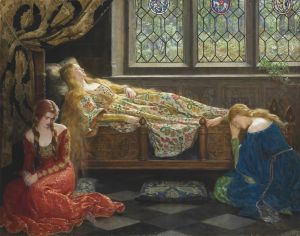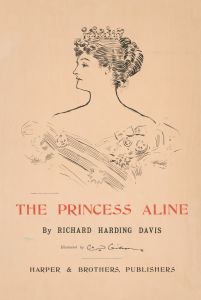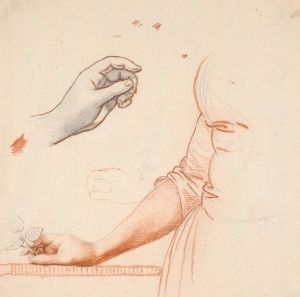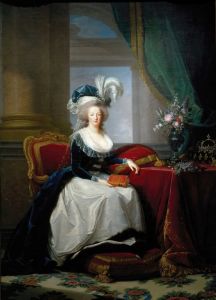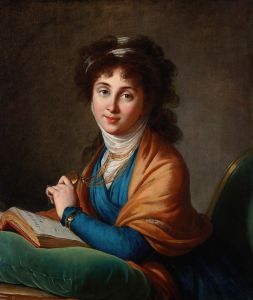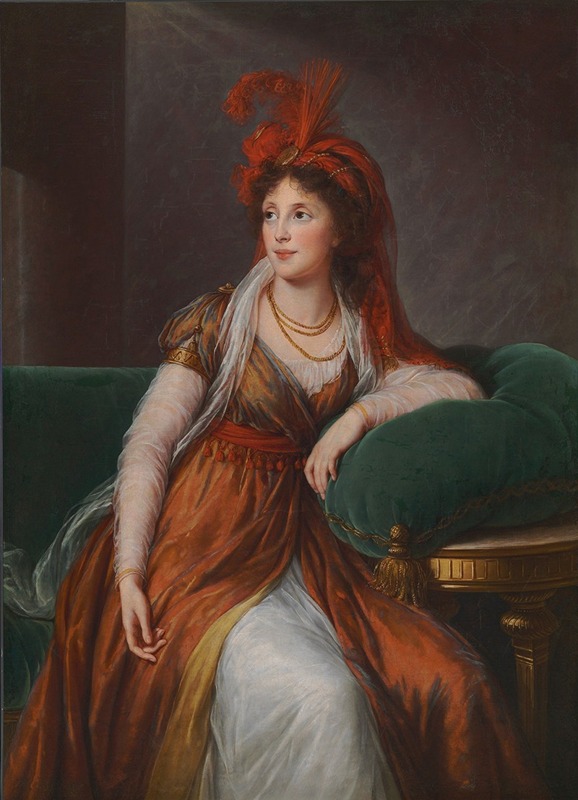
Portrait of Princess Anna Alexandrovna Galitzin
A hand-painted replica of Elisabeth Louise Vigée Le Brun’s masterpiece Portrait of Princess Anna Alexandrovna Galitzin, meticulously crafted by professional artists to capture the true essence of the original. Each piece is created with museum-quality canvas and rare mineral pigments, carefully painted by experienced artists with delicate brushstrokes and rich, layered colors to perfectly recreate the texture of the original artwork. Unlike machine-printed reproductions, this hand-painted version brings the painting to life, infused with the artist’s emotions and skill in every stroke. Whether for personal collection or home decoration, it instantly elevates the artistic atmosphere of any space.
"Portrait of Princess Anna Alexandrovna Galitzin" is a painting by the renowned French artist Elisabeth Louise Vigée Le Brun. Completed in 1797, this portrait is a striking example of Vigée Le Brun's skill in capturing the elegance and grace of her subjects, which made her one of the most sought-after portraitists of her time.
Elisabeth Louise Vigée Le Brun was born in Paris in 1755 and became one of the most prominent female painters of the 18th century. She was particularly known for her portraits of women, including many members of European royalty and aristocracy. Her work is characterized by its refined style, attention to detail, and the ability to convey the personality and status of her sitters.
Princess Anna Alexandrovna Galitzin, the subject of this portrait, was a member of the Russian aristocracy. She was born Anna Alexandrovna Prozorovskaya in 1766 and married Prince Alexander Mikhailovich Galitzin, a member of the influential Galitzin family. The Galitzins were one of the most prominent noble families in Russia, with significant political and social influence.
In the portrait, Princess Anna is depicted with a serene and composed expression, embodying the grace and poise expected of a woman of her standing. She is dressed in an elegant gown, typical of the fashion of the late 18th century, and her hair is styled in a manner that reflects the trends of the time. Vigée Le Brun's use of light and shadow, as well as her meticulous attention to the textures of the fabric and the delicate features of the princess, highlight her exceptional talent as a portraitist.
The painting is notable not only for its artistic quality but also for its historical significance. It provides a glimpse into the world of the Russian aristocracy during a period of significant social and political change. The late 18th century was a time of upheaval in Europe, with the French Revolution and the subsequent rise of Napoleon Bonaparte reshaping the continent's political landscape. Despite these turbulent times, the Russian nobility maintained their traditions and lifestyles, as reflected in this portrait.
Elisabeth Louise Vigée Le Brun's career was marked by her ability to navigate the complex social and political environments of her time. She enjoyed the patronage of Queen Marie Antoinette of France and later found success in various European courts, including those of Italy, Austria, and Russia. Her ability to capture the essence of her subjects made her a favorite among the elite, and her portraits remain highly regarded to this day.
The "Portrait of Princess Anna Alexandrovna Galitzin" is housed in the State Tretyakov Gallery in Moscow, one of the most important art museums in Russia. The gallery's collection includes a wide range of Russian and European art, and this portrait is a valuable part of its holdings, offering insight into the cultural and artistic exchanges between France and Russia during the late 18th century.
In summary, the "Portrait of Princess Anna Alexandrovna Galitzin" by Elisabeth Louise Vigée Le Brun is a masterful work that exemplifies the artist's skill in portraiture and provides a window into the world of the Russian aristocracy. Its historical and artistic significance continues to be appreciated by art enthusiasts and historians alike.





